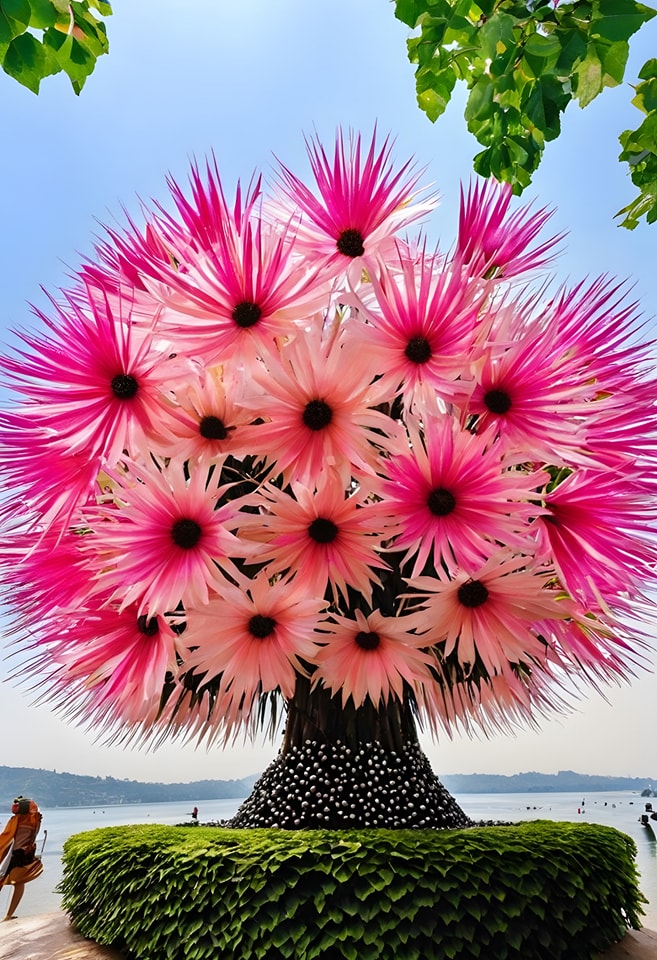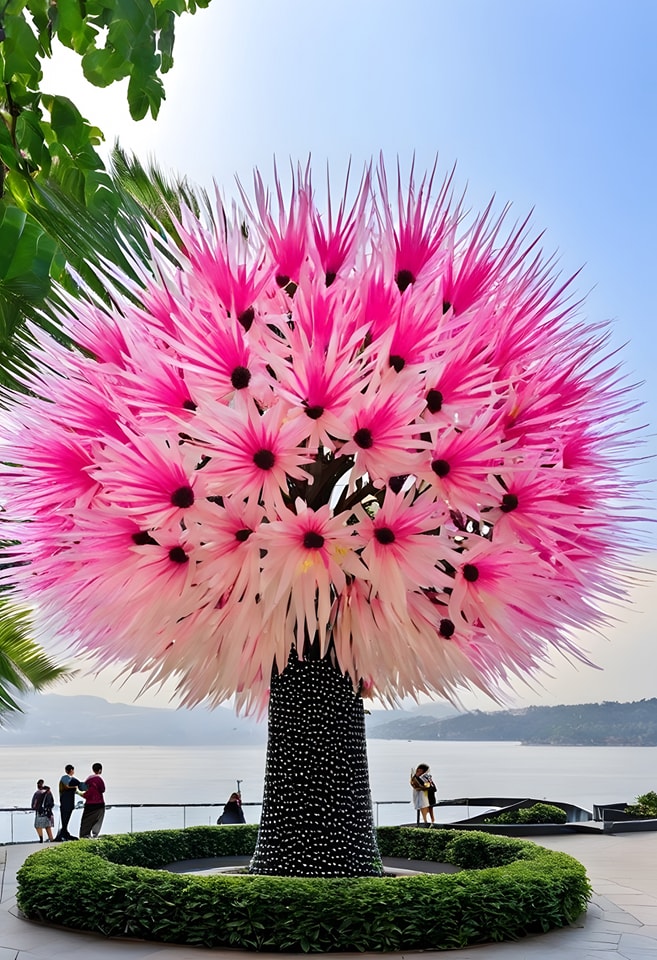Growing the Dragon Tree Flower, or Dracaena cinnabari, is not just an exercise in gardening; it’s an exploration into the marriage of nature and artistry. With its history steeped in legend—the dragon’s blood from the tree has been used for centuries for medicinal purposes and sacred rites—cultivating this remarkable plant can evoke a sense of connection to the ancient worlds where it once flourished. To successfully nurture your own Dracaena cinnabari, you will need to focus on several critical aspects: location, soil preparation, watering strategies, and feedback loops inherent in the plant’s growth patterns.

Creating the Ideal Environment
First and foremost, light plays a pivotal role in the vitality of your Dragon Trees. They thrive best in conditions that provide full sun, yet they appreciate light protection from the searing midday rays, much like how we cherish shade on hot summer days. This dual condition fosters sustainable growth without overwhelming the plant. When planting indoors, ensure your Dragon Trees receive ample indirect sunlight for at least ten hours daily, creating a cozy spot reminiscent of their native habitats in the Socotra archipelago . By mimicking these environments, you are not only nurturing a plant but also participating in a dynamic ecosystem that celebrates biodiversity.
Soil Matters: The Foundation of Growth
Equally vital is the choice of soil. Deep, well-draining, gritty substrates act like the backbone supporting your Dragon Tree’s ambitions for vertical growth. The soil’s texture should be lighter and well-aerated, allowing roots to breathe while preventing excess moisture catchment which could lead to root rot—a fate no passionate gardener wants for their prized possession . Picture it like a good pair of shoes; they must fit well, support your foot structure, and allow for some movement. Finding the right soil mix essentially equips your tree with a foundation to withstand environmental stresses and promotes resilience against diseases.

Nurturing Through Watering Practices
In terms of hydration, understanding your plant’s unique needs creates a relationship defined by care. It is crucial to let the top inch of soil dry out before rewatering. Employing a “less is more” approach offers Dracaena cinnabari the chance to adapt and thrive. Hypothetically, think of it as feeding a pet; too much food may lead to health issues. Similarly, overwatering can drown out a Dragon Tree’s potential to flourish. Observe its reactions, as plants are lively indicators of their well-being.
Fertilization: A Boost for Blossoming
You might wonder about helping your plant bloom with those legendary flowers. While Dracaena cinnabari is known for being low-maintenance, providing an occasional infusion of organic fertilizer during the growing season can work wonders. This nourishment acts akin to an artist adding the final brush strokes to a masterpiece—enriching colors, enhancing outlines, and revealing depth. When done thoughtfully, this periodic feed encourages the tree to engage in an impressive display of blooms, potentially leading to conversations filled with admiration among fellow gardening enthusiasts .

Embrace the Journey
As you cultivate your Dragon Tree Flower, remember that growth is not merely a linear process. Consider viewing each stage through a lens of possibilities; instead of solely focusing on ultimate flowering results, find beauty in the unfolding leaf structures, bark textures, and the shadows cast by its graceful form. Engaging with Dracaena cinnabari thus serves as a reminder of the delicate balance between nature’s whimsy and our stewardship, urging us to marvel at this majestic presence within our homes and gardens.
By employing intentionality and awareness, the journey of growing a Dragon Tree Flower transcends routine horticulture; it evolves into a profound experience that encapsulates respect for nature, a thirst for knowledge, and an appreciation for the stories intertwined with every leaf and blossom.




